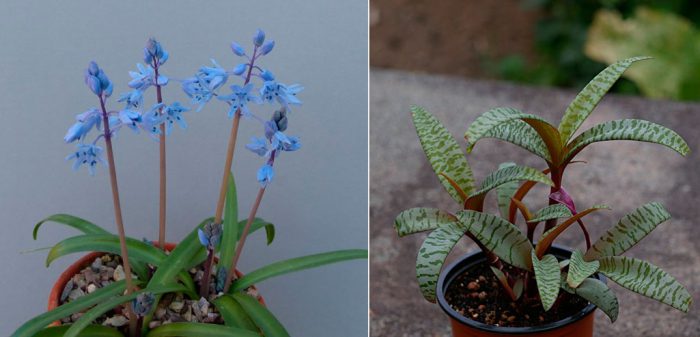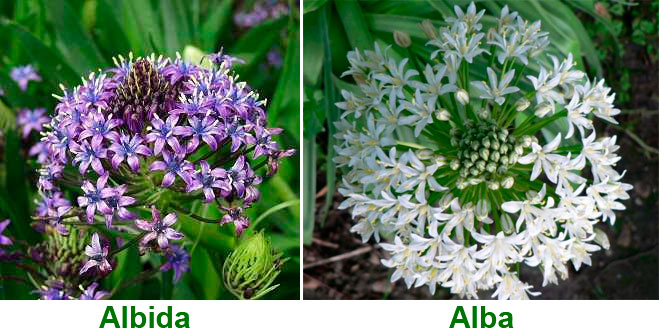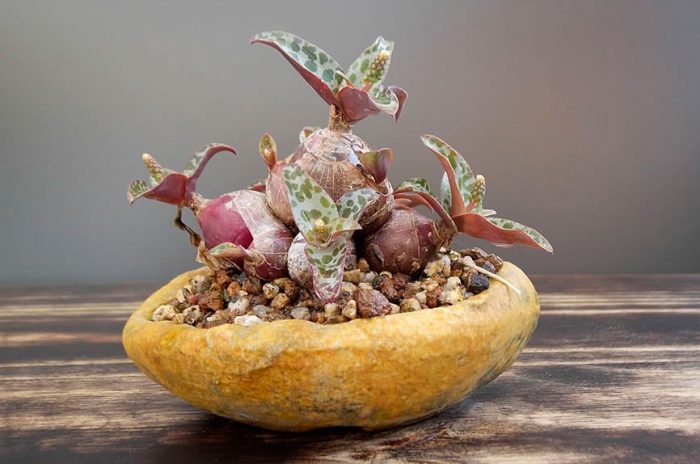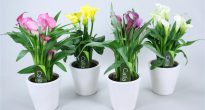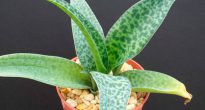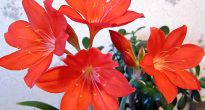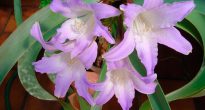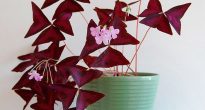Bulbous plant scylla (Scilla) is a perennial and belongs to the lily family (Liliaceae). In nature, they can be found in the temperate regions of Asia, in Europe, in South and Central Africa. This plant is often used in ornamental gardening. These plants are winter-hardy and are usually grown outdoors or for forcing. But there are varieties that are afraid of frost, and they are grown only at home.
This plant differs from most other bulbous plants in that its internodes are slightly elongated, and the stem is quite long-lived, and as it grows, it becomes a thin rhizome, on which bulbs are located in large numbers. Flowers can be painted pink, blue, and sometimes white.
Content
Main types
Scylla peruvian (Scilla peruviana)
This bulbous plant is a perennial. The onion is quite large. Shiny, finely ciliated leaves along the edge are part of the rosettes and have a dark green color. The star-shaped flowers are painted in a dark blue color.
The most popular varieties are:
- "Albida" - the color of the flowers is light blue;
- "Alba" - white flowers.
Scylla violet (Scilla violacea)
Or public ledeburia (Ledebouria socialis) - the height of this evergreen bulbous plant, which is a perennial, can be equal to 15–20 centimeters. A glossy purple onion usually protrudes above the surface of the soil. The bulbs have many side shoots, as a result of which a whole group can form in a short time. Short-petiolate lanceolate leaf plates have a spectacular color. In length, they can reach from 3 to 5 centimeters, and in width - from 1.5 to 2 centimeters. Their lower surface is painted in an intense purple or green color (depending on the variety), and on the upper surface there are dark green transverse specks on the silvery background. Paniculate inflorescences bear 10–20 pieces of light green flowers with purple anthers.
Scylla care at home
Illumination
Rather bright lighting is needed. However, in the summer it will need to be protected from the scorching midday direct rays of the sun.
Temperature regime
In spring and summer, the plant prefers temperatures from 22 to 25 degrees most of all.From the beginning of the autumn period, the air temperature should be gradually reduced. In winter, it needs coolness (from 10 to 12 degrees), if wintering is warm, then the shoots of the scilla will become very elongated.
Humidity
It feels quite comfortable with low air humidity and should not be additionally humidified. For hygienic purposes, the sheet plates should be regularly wiped with a damp sponge.
How to water
In the spring and summer, watering should be moderate, which will help prevent the formation of bulb and root rot. In winter, watering should be reduced, especially during cold wintering, but make sure that the foliage does not fall off. Watering should be done with well-settled, soft water at room temperature.
Top dressing
Top dressing is carried out in the spring and summer 1 time in 2 weeks and for this, fertilizer is used for succulents. In the autumn period they feed less often, and in winter it is forbidden to apply fertilizers to the soil.
Transplant features
The transplant is carried out only if necessary, after the onion becomes cramped in the pot. During planting, the bulb must be buried by a third into the substrate. Loose soil should allow air to pass through well. To prepare the soil mixture, you need to combine 1 part of humus and 2 parts of leafy soil. Purchased succulent soil is suitable for planting. Don't forget to make a good drainage layer at the bottom of the container.
Reproduction methods
For reproduction, as a rule, daughter bulbs are used. They can be detached whenever necessary, regardless of the season. It should be remembered that the roots will gradually appear in the bulbs that do not have a root system. In the event that the bulb stops growing and this lasts from 4 to 8 weeks, it is at this time that the roots grow. To accelerate root formation, it is recommended to place the plant in a warm (20 to 25 degrees) well-lit place. Water in moderation. When the leaves are formed, you need to start watering harder.
Pests and diseases
The plant can settle scabbards and aphids... It can get sick and even die due to an oversized flowerpot, excessive watering, or peat soil. If you take care of the plant correctly, then it is resistant to diseases and pests.
Possible difficulties
- Faded leaves become elongated, like internodes - poor lighting.
- Falling foliage - poor watering.
- Root or bulbous rot ― Excessive watering.

